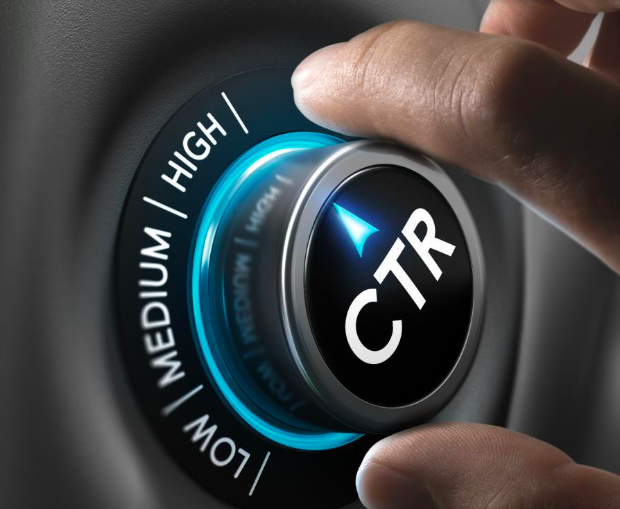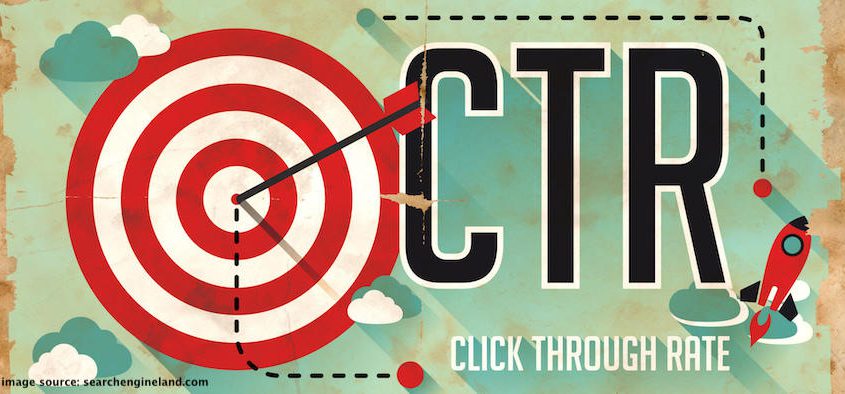Having a good customer service strategy is really important if you want your business to run smoothly. One wrong experience for a customer and it can create a snowball effect for the company and can ruin your brand image.
Unfortunately, bad customer experience is inevitable and there will come a point in time where you will have to deal with some dissatisfied customers. This is a good way to see any cracks in the management and service of your company and you can learn from the experience.
How you respond and react to your customers sets the tone for good damage control. No matter what the trends of marketing strategy for a business may be, one thing remains true that the customer is king. The customer might not always be right but you don’t have to let them know this. Your mission should always be to deliver the best, in any way possible, without causing any further problems for the people who help you run your business, a.k.a. the customers.
4 Ways of NOT Carrying out a Customer-Driven Strategy
1. Not following the market trends
Times have changed drastically since the advent of the internet. Marketing strategies have evolved over time and most of the ad campaigns rely heavily on online strategies to target customers. Online marketing tools are in fact, so important for any business that it is almost impossible to survive. Even mom and pop run businesses need some online marketing tools these days to attract more customers.
Using SEO based strategies to come up in the search results is just one of the many examples of how you can create a more customer-focused strategy. Cookies that follow online users and Adwords are also crucial to the online marketing mix.
See also:Customer Experience Strategy
2. Not including social media
These days, companies have at least one social media page even before they have a website. There is also a flipside to it; businesses that already have websites are now creating their own social media pages and strategies to target their customers.
Thus today, social media is like an extension of your business. A customer might not sit down specifically to send you an email or feedback for the product or service you are selling. But if you have a social media account that they follow and regularly use, there are higher chances of them coming to your page and leaving feedback. Your social media posts would be on their timeline or feed frequently and they will almost always respond or comment on it.
3. Not following up
Customer satisfaction and feedback are two sides of the same coin. Sometimes you have to nudge the customers a little to know what their opinion is and ask for their suggestions. A little bit of tweaking and change can go such a long way and in doing so, you will also gain their trust by showing that you genuinely care about their opinions.
Reach out to your customers by any means necessary after providing them with any service or product. You can have a questionnaire or online feedback form filled or send them an email. Having a rating and review feature like Amazon is a good example.
4. Not seeing things from the customers’ perspective
Many businesses just view their customer base as a bunch of numbers or a portion of the pie that they wish to devour. They should realize that at the end of the day, they are dealing with a large group of unique individuals that have to be catered to, according to their needs. Using the same cookie-cutter approach doesn’t do well all the time. Customers now know that when their rights are being stepped over. Even if the customer is wrong in a situation, businesses should never point it out in a way that would make them leave for good.
Connecting with the customers on a personal level and making them realize that they are dealing with people who care, is the best customer-centered approach any business can use.









